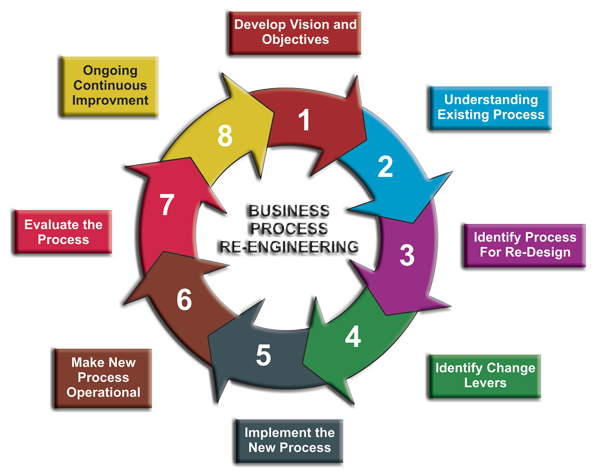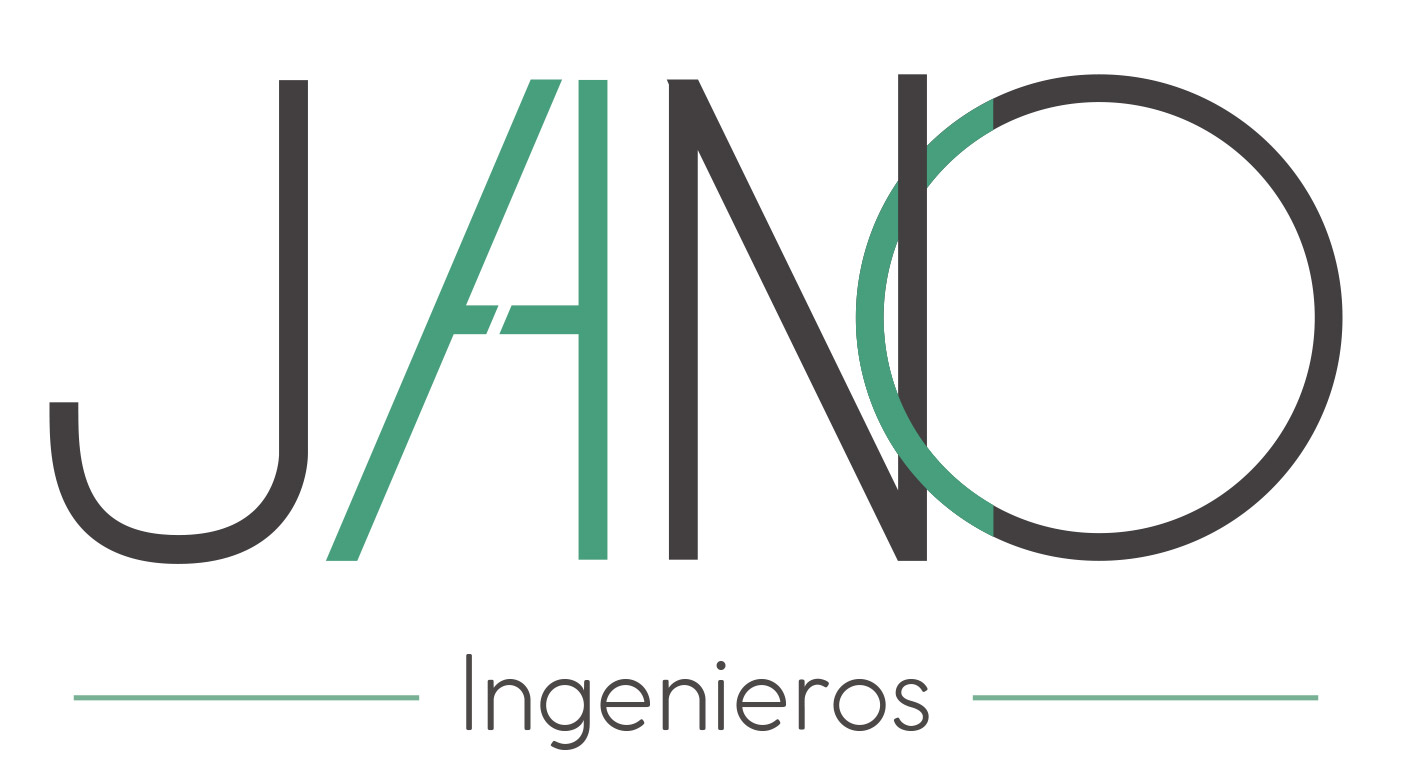How to Re-engineer Your Business for Safety

GE Aircraft Engines faced challenges in reducing engine development time, improving quality, and achieving cost savings. Before implementing a new process, communicate the changes to and educated everyone involved on how the new process will work. BPR project and BPR initiatives are usually undertaken by an organisation when it is looking to break out of a business model or process that has become stagnant and unproductive.
Business Process Re-engineering
While technology plays an essential part, BPR goes far beyond automating existing processes. That is simply automating them might not address any potential inefficiencies within your operations. Furthermore, concurrent engineering enabled the company to involve tooling design engineers earlier in the process.
Step 1. Define business goals
This principle emphasizes that individuals who understand the needs and expectations of end users are best suited to drive improvements in the corresponding processes. This approach encourages a more results-oriented culture within the organization, fostering greater accountability and clarity in achieving business objectives. The group discovered that the software made it simple to set goals and monitor their advancement. They found it simple to maintain everyone’s focus and guarantee that projects were finished on schedule as a result. Once you’ve added all the necessary steps and reviewed the process, it’s time to make it live. Dissect each process to find inefficiencies such as quality setbacks, cost issues, and delays or bottlenecks that are holding you back.
How to Manage Your Company’s Business Processes Using SweetProcess
Since it could be applied to corporations as a whole or specific processes within the business (purchasing, marketing, production, etc.) it came to be called Business Process Reengineering and abbreviated BPR. BPR is a powerful tool that has provided a framework to incorporate diverse themes from the disciplines of TQM, systems engineering, industrial engineering, and work-flow analysis. It has also related these ideas to business strategy, industry structure, and competitive changes. However, for these contributions to be realized, BPR must recognize that incremental change can be just as powerful as radical change. In addition, BPR must maintain its focus on process design and improvement as opposed to becoming one more excuse for mass layoffs. All organizations are heavily invested in the “present” and the manner in which they perceive that that “present” will evolve.
- One such is Rise25, which looked to SweetProcess software to restructure its workflow.
- Extended lead times, elevated inventory costs, and a need for clearer visibility into supplier performance were among the primary concerns.
- One effect of this is that consumer expectations regarding products and services are increasing.
- The idea of these sessions is to conceptualize the ideal business process for the organization and build a business process model.
- First, they can increase reach, by using virtual connections that attract customers who can’t be physically present.
- BPR encourages connecting similar activities to create a more cohesive and efficient workflow.
His passion is assisting business units and IT departments in executing their digital transformation strategies and streamlining their operations in line with global standards and best practices. His areas of expertise include business process reengineering, IT service management, project management and cyber resilience. In the mid-1990s especially, workflow management systems were considered a significant contributor to improved process efficiency. Also, ERP (enterprise resource planning) vendors, such as SAP, JD Edwards, Oracle, and PeopleSoft, positioned their solutions as vehicles for business process redesign and improvement. Business process re-engineering is also known as business process redesign, business transformation, or business process change management.
Principle 4: Treat dispersed resources from various areas as though they were centralized
It ensures that the data is accurate and reliable, which is crucial for making informed decisions. This approach also streamlines data collection and how to write a winning invoice letter in 8 easy steps processing, saving time and reducing employee workload. BPR recommends decentralizing decision-making to the point where the work is performed.

BPR can often be misunderstood as similar to other business improvement programs like automation, downsizing or restructuring – yet it differs significantly. Emerging from Eastman Kodak’s practical experience with BPR, their methodology stresses the importance of process ownership and collaborative, cross-functional teams. This action-oriented approach aims to deliver quick wins and maintain momentum in the process transformation journey.
Organizations often discover once efficient processes need to be updated. This is primarily due to considerable technological advancements, market shifts, or even internal changes. Identify opportunities to leverage technology to automate tasks and improve efficiency.
Processes chosen for reengineering should take into account customer needs, anticipated benefits and success rates. Thomas Davenport’s methodology places information technology at the heart of BPR, seeing it as an essential tool for enabling significant business transformation. This principle champions innovation and encourages companies to harness new technologies to facilitate transformative changes, leading to a more agile and customer-centric business model. It turned out that the concepts were mostly idling, waiting for creative staff to finalize new iterations.
The reengineering effort begins by articulating the strategic intent of the firm and defining its core competencies. Strategic intent is defined in the management literature as the firm’s desired leadership position in its environment. Business Process Reengineering (BPR) is an indispensable way for organizations to boost efficiency and stay competitive in today’s market. BPR involves restructuring processes to achieve significant improvements that align with an organization’s strategy; ultimately transforming organizations by directly impacting overall performance. If you’re considering reengineering your business processes, SweetProcess is an invaluable tool. It’s tailored to support you at every stage of the process, from initial analysis to implementation and continuous improvement.
Skills, technology, information systems, and capital investments provide the organizational infrastructure that represents the “present.” While this base may not be optimally efficient, it is nevertheless the most realistic. It provides the necessary stability for any organization and supports its internal politics, history, and the set of normative agreements that make the organization work. Organizational learning and experience are embodied (e.g., about markets, products, and competition) and reflected in the present infrastructure that has been shaped by the cumulative outlook of the management team. To argue that all organizational heritage is worthless is equivalent to concluding that all organizational skills are outdated, products/services unwanted, and management and worker skills wanting.



Sin Comentarios
Lo siento, el formulario para comentarios está cerrado en éste momento,